Results 10,311 to 10,320 of 12094
Thread: Anandtech News
-
02-05-20, 06:47 PM #10311
Anandtech: MSI Reveals Optix MAG322CR: A 31.5-Inch Curved Monitor with a 180 Hz Refre
As high refresh rates increasingly become a standard feature in monitors aimed at the gaming market, manufacturers have started to turn their eyes towards what's next in the ever-ongoing race to stay ahead of their competition. So, with 144Hz displays seemingly conqured, that attention has turned to ever higher refresh rates. Following this trend, MSI this week introduced its Optix MAG322CR LCD, one of the industry’s first displays with a 180 Hz maximum refresh rate.
The MSI Optix MAG322CR uses a slightly curved 31.5-inch 8-bit+FRC VA panel with a 1920x1080 resolution. All told, the monitor offers a maximum brightness of 300 nits, a 3000:1 contrast ratio, a 1 ms MPRT response time, and a maximum refresh rate of 180 with VESA Adaptive-Sync support. As well, the monitor is also AMD Freesync certified. Meanwhile MSI is using a wider-gamut backlighting system, so the monitor can display 96% of the DCI-P3 and 125% of the sRGB color gamuts.
The MAG322CR is also marked as ‘HDR Ready’; though with 300 nits peak brightness it doesn't even meet the VESA's lowest DisplayHDR tier. So it's hard to imagine the monitor delivering a quality HDR experience.
As far as connectivity is concerned, the Optix MAG322CR is equipped with one DisplayPort 1.2a, two HDMI 2.0b connectors, and a USB Type-C port (with DP Alt Mode support). Also, the monitor has a dual-port USB 2.0 hub, and an earphone out.
Being aimed at serious gamers who demand not only performance, but also style, the Optix MAG322CR comes equipped with Mystic Light addressable RGB LEDs on the back that support a variety of modes.
MSI’s Optix MAG322CR is currently listed at the company’s website, so it is reasonable to expect it to hit the market shortly. Amazon.com currently lists the monitor as available for pre-order for $329.99, with the monitor slated to ship within one or two months.The MSI Optix MAG322CR Monitor Optix MAG322CR Panel 31.5" VA 8-bit+FRC Native Resolution 1920 × 1080
(16:9)Refresh Rate 180 Hz OC Dynamic Refresh Rate Technology VESA Adaptive-Sync
(AMD Freesync Certified)Range ? Response Time 1 ms MPRT Brightness 300 cd/m² Contrast 3000:1 Color Gamut 96% DCI-P3
125% sRGBViewing Angles 178°/178° horizontal/vertical Curvature 1500R Inputs 1 × DisplayPort 1.2a
2 × HDMI 2.0bUSB Hub 2 × USB 2.0 Audio earphone out Stand Height 130 mm Tilt +20° ~ -5° Swivel - Power Consumption Idle ? Typical ? Maximum ? MSRP ?
Related Reading:
- Faster & TUFer Gaming: The ASUS VG27WQ 27-Inch 165Hz Curved Monitor w/ FreeSync
- MSI’s Optix MAG342CQR Ultra Curved Monitor: 34 Inch & 144Hz with a 1000R Curve
- MSI Reveals Optix MEG381CQR 37.5-Inch HDR600 144 Hz Curved Monitor
- Lenovo Announces ThinkVision T34w-20 Curved Monitor
Source: MSI (via Hermitage Akihabara)
More...
-
02-06-20, 09:07 AM #10312
Anandtech: GIGABYTE Launches Designare DDR4-3200 Memory, a 64 GB Kit
GIGABYTE is a relatively new player on the memory market, yet it clearly wants to participate in the premier league. As seen at CES, this week the company introduced its Designare 32 GB memory that claims to offer both high speed and low latency. The company positions its Designare memory for high-performance systems powered by Designare motherboards.
GIGABYTE’s dual-channel 64 GB Designare Memory kit was tested to operate in DDR4-3200 mode with CL16 18-18-38 latency at 1.35 V. The modules rated for Intel Core as well as AMD Ryzen-based PCs.
The manufacturer does not disclose which memory chips it uses.
The modules are a standard height and come with modest aluminum heat spreaders that do not affect compatibility with large cooling systems.
GIGABYTE’s Designare 64 GB kit consisting of two 32 GB modules is covered by a lifetime warranty, just like other high-end memory. Expect the kit to hit the market shortly - prices will vary from region to region and will depend on the market conditions.
Related Reading- Crucial’s 32 GB UDIMMs and SODIMMs Available: DDR4-2666 & DDR4-3200
- 32 GB Unbuffered DIMMs Listed from Nine Brands: DDR4-2400 to DDR4-4000
- Crucial 32 GB DDR4 Modules Found in an ASRock System
- CES 2020: Kingston’s HyperX Adds 32 GB UDIMMs & New Fury Speed Bins to Lineup
- Team Group Quietly Launches 32 GB DDR4 Memory Modules
- G.Skill Launches 32 GB DDR4 Modules, 256 GB Kits: Up to DDR4-4000
- Corsair Unveils 32 GB Vengeance LPX DDR4 DIMMs, 64 GB & 128 GB Dual-Channel Kits
- Samsung 32GB DDR4-2666 Non-ECC Memory at Retail: $168
Source: GIGABYTE
More...
-
02-06-20, 09:07 AM #10313
Anandtech: Micron Shipping LPDDR5 DRAM
Micron has announced their first LPDDR5 DRAM is in mass production and now shipping to customers. The new RAM is significantly faster and more power efficient than LPDDR4x. One of the first products to use the new LPDDR5 will be the upcoming Xiaomi Mi 10 smartphone.
Micron's LPDDR5 is available in 6GB, 8GB and 12GB packages, with speeds of 5.5Gbps and 6.4Gbps per pin. The faster speed grade is a 50% improvement over their fastest LPDDR4x products (4266Mbps per pin), and Micron also claims better than 20% reduction in power use compared to LPDDR4x. Micron will also soon be offering multi-chip packages pairing LPDDR5 with UFS-based flash storage; these products will be available sometime during the first half of the year.
The most visible applications for LPDDR5 will be this year's crop of flagship smartphones, but Micron is also targeting automotive and networking applications with the obligatory references to 5G and AI driving demand for faster memory.
Related Reading:
- Micron’s DRAM Update: More Capacity, Four More 10nm-Class Nodes, EUV, 64 GB DIMMs
- Samsung Starts Production of LPDDR5-5500 Devices: 12 GB of DRAM in a Smartphone
- Samsung Announces First LPDDR5 DRAM Chip, Targets 6.4Gbps Data Rates & 30% Reduced Power
- Samsung Starts Production of 16 Gb LPDDR4X Chips Using 2nd Gen 10nm Tech
- Micron Kicks Off Mass Production of 12 Gb LPDDR4X DRAM Chips
More...
-
02-06-20, 02:16 PM #10314
Anandtech: The Road to 80 TB HDDs: Showa Denko Develops HAMR Platters for Hard Drives
Showa Denko K.K. (SDK) has unveiled the the company has finished the development of its next-generation heat assisted magnetic recording (HAMR) media for hard drives. The platters use all-new magnetic thin films with a very small crystal grain size in order to maximize their areal density, with the goal of eventually enabling 3.5-inch HDDs to be built with capacities of 70 TB to 80 TB.
SDK’s platters for HAMR HDDs are made of aluminum and feature thin film magnetic layer made of an Fe-Pt alloy. To improve the magnetic coercivity of the media by several times over existing platters, Showa Denko used a new structure of magnetic layers and implemented new ways of controlling the temperature of the media during production.
Driving these developments, it's critical to maximize the magnetic coercivity of next generation HDD platters because the crystal grains used to record data are getting extremely small. This has made them very easy to magnetize, but it has also reduced the strength of the individual magnetic signatures, which creates an unwanted magnetic inter-track interference (ITI) effect that makes it harder for HDD heads to read the data. Platters with high magnetic coercivity require energy assistance during writing and this is what energy assisted magnetic recording technologies (HAMR, MAMR, ePMR, etc.) are all about. Meanwhile, the platters must survive extreme temperatures they are subjected to during heat-assisted recording. According to Showa Denko, its new HAMR platters offer the industry’s highest read-write characteristics and durability.
Transmission Electron Microscopy Images of HAMR MediaPlain View Cross SectionSDK is not disclosing the recording density of its new platters nor are they making specific promises about when it intends to start mass production of next-generation disks. Meanwhile, the company notes that today’s leading-edge conventional magnetic recording (CMR) platters feature recording density of about 1.14 Tb/in2 and it is widely believed that this is not going to grow significantly without using energy assisted recording methods. By contrast, Showa Denko believes, HAMR-based media will achieve areal density of 5-6 Tb/in2 in the future, which will increase capacity of hard drives by several times, all the way to 70 TB – 80 TB per 3.5-inch drive without increasing the number of platters. For comparison's sake, today’s 16 TB CMR (PMR+TDMR) HDDs use nine disks, so increasing their density by ~5.2X would enable drives featuring capacities higher than 80 TB.
Showa Denko is the world’s largest independent maker of platters for hard drives, selling media to all of the HDD producers. That said, the large manufacturers — Seagate and Western Digital — also produce media themselves and tend to use their own leading-edge platters to cut costs and maximize product margins. So it will be interesting to see which of three remaining hard drive makers will be the first to use HAMR platters from Showa Denko.
Seagate will be the first company to adopt HAMR for commercial 20 TB drives in late 2020, but since Showa Denko now only plans to ‘make preparations for full-scale supply of the new HD media’, it is likely that the first HAMR drives will use Seagate’s own platters. Toshiba is expected to use Showa Denko’s 2 TB MAMR platters for its 18 TB HDDs that are projected to arrive later this year, but in the longer terms it will switch to HAMR (we have no idea when). By contrast, Western Digital uses its so-called energy-assisted PMR (ePMR) technology for its 18 TB and 20 TB HDDs due this year and will gradually move to MAMR and HAMR in the years to come.
Related Reading:
- Toshiba's HDD Tech Roadmap: A Mix of SMR, MAMR, TDMR, and HAMR
- 18 TB HDDs: Toshiba Collaborates with Showa Denko for MAMR HDDs
- HOYA Starts to Build Next-Gen HDD Glass Substrate Production Facility
- Seagate: 18 TB HDD Due in First Half 2020, 20 TB Drive to Ship in Late 2020
- Western Digital Roadmap Updates: Energy Assisted Recording, Multi-Stage Actuators, Zoned Storage
Source: Showa Denko
More...
-
02-07-20, 09:10 AM #10315
Anandtech: The 64 Core Threadripper 3990X CPU Review: In The Midst Of Chaos, AMD Seek
The recent renaissance of AMD as the performance choice in the high-end x86 market has been great for consumers by enabling a second offering at the top-end of the market. Where Intel offers 28 cores, AMD offers 24 and 32 core parts for the high-end desktop, and to rub salt into the wound, there is now a 64 core offering. This CPU isn’t cheap: the Ryzen Threadripper 3990X costs $3990 at retail, more than any other high-end desktop processor in history, but with it AMD aims to provide the best single socket consumer processor money can buy. We put it through its paces, and while it does obliterate the competition, there are a few issues with having this many cores in a single system.
More...
-
02-07-20, 09:10 AM #10316
Anandtech: Silicon Power Unveils Stream S07 External Hard Drives: Up to 8 TB
Silicon Power has revealed a new series of consumer-oriented 3.5-inch external USB hard drives. The Stream S07 HDDs can be used with PCs, Smart TVs, and other devices.
The Silicon Power Stream S07 family consists of four models featuring 3 TB, 4 TB, 6 TB, and 8 TB capacity. All the drives come in a black plastic enclosure with a texture that resembles a stone. To make resemblance with a stone even more realistic, the chassis has an opening that looks like a crack. The opening is used for cooling and it also has a stylish integrated LED that is used as a transfer status indicator.
The manufacturer is not disclosing which hard drives are used for its Stream S07 DAS devices, though given the performance and power needs for the device, they certianly won't be high-end. If nothing else, since we are not dealing with high-capacity drives, this means they are based on CMR (conventional magnetic recording) technology and won't incur the greater complexities of using a shingled drive.
Silicon Power’s Stream 07 external hard drives will be available shortly. Prices will vary depending on the capacity.
Related Reading:
- Silicon Power’s Bolt B75 Pro: An External SSD up to 2 TB, USB 3.1 Gen 2 Type-C
- Silicon Power Launches Bolt B80 External SSD: 500 MB/s, IP68, USB-C Interface
- ADATA Demonstrates HD830 Ultra-Rugged HDDs
- Seagate Backup Plus Portable 5TB & Backup Plus Slim 2TB Review: SMR for the Consumer Market
- CES 2019: The Quintessential ADATA HC770 External HDD, with RGB
Source: Silicon Power
More...
-
02-07-20, 03:36 PM #10317
Anandtech: Intel’s Comet Lake Meets Optical Drive in ASUS X545FA Laptop
The rise of software distribution over the Internet and content streaming services have greatly reduced the value of optical disc drives for the average consumer. At the same time, the trend towards thinner laptops persuaded PC makers to remove ODDs from notebooks. As a result, it is now rather uncommon to find a new mobile PC with a BD or DVD drive, a pity for those with large collections of discs. But optical drives aren't entirely dead quite yet, and to address the market for customers who still need a drive, ASUS Japan this week introduced its X545FA laptop, an Intel Comet Lake-based machine that includes a DVD drive.
The ASUS X545FA notebook is equipped with a 15.6-inch Full-HD display and comes in a "Slate Gray" or "Transparent Silver" body that is 23 mm thick. In line with other machines in this class, the laptop weighs 1.9 kilograms. At the heart of the mobile PC are Intel's 10th gen quad-core Core i3-10110U and Core i7-10510U processors with built-in Intel UHD graphics, accompanied by up to 8 GB of DDR4 SDRAM, and a 512 GB M.2 PCIe 3.0 x2 SSD.
The system comes with a Super Multi DVD drive that can read and burn various types of CD and DVD media. Meanwhile, DVD playback software is not included. Yes, you read that right, it's just a DVD drive in 2020, lacking support for more modern Blu-ray discs. We're not too sure what ASUS' rationale here is - it's possible DVDs are still very popular in Japan?
On the connectivity side of matters, the X545FA notebook supports Wi-Fi 5, Bluetooth, GbE, USB, HDMI, microSD, and an audio jack. As for multimedia, the laptop features a webcam, stereo speakers, and a microphone array. In addition, the machine has a fingerprint reader.
ASUS says that its X545FA notebook can work for 6.7 ~ 6.8 hours on one charge. This is below what you expect from a modern 15.6-inch class machine, but which may indicate that the manufacturer largely positions the notebook as a cheap desktop replacement machine rather than a PC for work on the go.
Depending on exact SKU, the ASUS X545FA costs from ¥77,556 to ¥99,818 ($705 – $908) without tax.
Related Reading:The ASUS X545FA Notebooks X545FA-BQ140T
X545FA-BQ075T
X545FA-BQ139T
X545FA-BQ138TDisplay 15.6-inch 1920×1080 CPU Intel Core i3-10110U
Intel Core i7-10510UGraphics Intel UHD Graphics RAM 8 GB SSD 512 GB PCIe 3.0 x2 SSD Wi-Fi Wi-Fi 5 (802.11ac) Bluetooth Bluetooth 5.0 USB 1 × USB 2.0 Type-A2 × USB 3.0 Type-AGbE GbE Card Reader microSD Other I/O HDMI, microphone, stereo speakers, audio jack Battery 6.7 ~ 6.8 hours Dimensions Width: 360.2 mm
Depth: 234.8 mm
Thickness: 23 mmWeight 1.9 kilograms Additional Information Slate Gray or Transparent Silver body Price Fom ¥77,556 to ¥99,818 without tax
From $705 to $908 without tax
- CES 2020: ASUS Unveils Dual-Screen ZenBook Duo UX481 Notebook
- CES 2020: ASUS’ Latest VivoBook S Packs 10th Gen, Lots of Colors
- CES 2020: ASUS Launches Ultralight 14-Inch Project Athena ExpertBook B9450 - Just 865 Grams
- ASUS Unveils The ProArt StudioBook Pro 17: A Cheaper Mobile Workstation
- ASUS Releases ProArt StudioBook Pro X: 17-Inch Workstation With Xeon & Quadro
Source: ASUS (via PC Watch)
More...
-
02-07-20, 03:36 PM #10318
Anandtech: First with Snadragon 865: ZTE Unveils Axon 10s Pro w/ 5G, 6.47-Inch AMOLED
ZTE has announced the industry’s first handset powered by Qualcomm’s new Snapdragon 865 processor, which will be powering the majority of high-end Android smartphones this year. As expected, the Axon 10s Pro is a 5G phone with an advanced camera and a beefy configuration.
The ZTE Axon 10s Pro 5G looks just like its predecessor — the Axon 10 Pro 5G — and comes with the same large 6.47-inch AMOLED display featuring a 2340x1080 resolution, a 19.5:9 aspect ratio, and curved edges. Speaking of similarities between ZTE’s flagship 2019 and 2020 smartphones, it should be noted that the key differences between them are the SoC, the memory and storage subsystems, as well as launch software; everything else is the same.
The Axon 10s Pro 5G smartphone is powered by Qualcomm’s Snapdragon 865 SoC (4x Arm Cortex-A77, 4x Arm Cortex-A55, Adreno 650 GPU, Hexagon 698 DSP/NPU) that is paired with 6 GB or 12 GB of LPDDR5 as well as 128 GB or 256 GB of UFS 3.0 NAND flash storage. And in a bid to to improve the performance of the already powerful system memory and storage subsystems, the handset also supports RAM-Booster and FS-Booster firmware/software capabilities.
The imaging capabilities of the ZTE Axon 10s Pro are the same as those of its predecessor, so the handset sports a triple-module rear camera system containing a 48 MP main module with OIS, an 8 MP telephoto camera, and an ultrawide 20 MP lens. In addition, the phone has a teardrop 20 MP selfie camera.
Other notable hardware features of the handset include 5G, Wi-Fi 6, Bluetooth 5.0, navigation, a USB 2.0 Type-C port, an under-display fingerprint reader, and a 4,000 mAh battery that can be charged using a wired or wireless charger supporting Quick Charge 4+. The smartphone does not have a 3.5-mm audio jack, but its speakers do support DTX: X Ultra technology.
On the software side of matters, ZTE’s Axon 10s Pro will come with Google’s Android 10 with the MiFavor 10 UI.
The ZTE Axon 10s Pro will be available in the near future at prices starting at CNY 3,200 in China (~460 USD). It unclear when the handset is set to hit other markets and how much it is set to cost.ZTE Axon 10s Pro 5G Axon 10s Pro 5G SoC Qualcomm Snapdragon 865
1x Cortex A77 @ 2.84GHz
512KB pL2
3x Cortex A77 @ 2.42GHz
3x 256KB pL2
4x Cortex A55 @ 1.80GHz
4x 128KB pL2
4MB sL3GPU Adreno 650 @ 587 MHz DRAM 6 GB LPDDR5
12 GB LPDDR5128 GB or 256 GB UFS 2.0 Display 6.47" FullView IPS LCD
2340 x 1080 (19.5:9)Size Height 159.2 mm Width 73.4 mm Depth 7.9 mm Weight 175 grams Battery Capacity 4000 mAh (Typical)
18 W chargingWireless Charging Qi Rear Cameras Main 48 MP
f/1.7 aperture w/OIS
1/2.0"
0.8µmTelephoto 8 MP
f/2.4 aperture
3x optical zoomWide 20 MP
f/2.2 aperture w/OIS
125° super-wide angleFront Camera 20 MP selfie camera
f/2.0 aperture
1/2.8"
1.0μmI/O USB 2.0 Type-C
Fingerprint readerWireless (local) Wi-Fi 6
Bluetooth 5.0Cellular GSM, CDMA, HSPA, 4G/LTE, 5G Splash, Water, Dust Resistance - Dual-SIM 2x nano-SIM Launch OS Android 10 with MiFavor 10 UI Launch Price Starting at CNY 3,200
Related Reading:
- The Snapdragon 865 Performance Preview: Setting the Stage for Flagship Android 2020
- Qualcomm Announces Snapdragon 865 and 765(G): 5G For All in 2020, All The Details
- A 32 MP Selfie Camera on ZTE's Blade V10: Because You Love Yourself
Sources: ZTE, GSMArena
More...
-
02-07-20, 06:36 PM #10319
Anandtech: A Passively-Cooled GeForce GTX 1650: KalmX by Palit
Passively-cooled video cards are rather rare these days, as the bulk of the market has made peace with today's dual fan actively cooled cards. Luckily, there are a still a few companies releasing passive designs, such as Palit Microsystems, who has introduced its fanless GeForce GTX 1650 KalmX.
The Palit GeForce GTX 1650 KalmX (NE5165001BG1-1170H) uses a custom PCB and comes with a sizable passive cooling solution. The double-wide heatsink incorporates a pair of heatpipes, and is considerably taller than the card as well. All told, with the heatsink factored in, the card measures 178 mm long and is 138 mm high. And unsurprisingly, given the strict thermal limitations in play, Palit is playing things conservatively here, and the card runs at NVIDIA official GTX 1650 reference clockspeeds of 1485 MHz/1665 MHz (base/boost).
Typical for GTX 1650 cards, Palit is using 4 GB of 8 Gbps GDDR5 memory here. The card has two DisplayPort 1.4a outputs and one HDMI 2.0b port.
Officially, Palit rates the card for a TDP of 75W; and judging from what we've seen with other GTX 1650 cards, that's probably a bit conservative as well. Which is all the better for Palit, since it makes their job of passively cooling the video card all the easier. The other upside of being a sub-75W card is that an auxiliary PCIe power plug isn't required, so the card can be dropped into a system and immediately used with no further internal wiring.
Palit has not revealed an MSRP for the GeForce GTX 1650 KalmX. NVIDIA’s regular MSRP for the GTX 1650 ($149), though I wouldn't be too surprised to see Palit charge a premium for a unique, passively-cooled card.
Related Reading:
- Palit Announces KalmX: A Passively-Cooled GeForce GTX 1050 Ti Graphics Card
- Akasa's Turing: A Passively-Cooled Chassis for Intel’s Bean Canyon NUC
- Compulab Passively-Cooled Airtop2 Inferno with GeForce GTX 1080
- Calyos NSG Cube: Passively Cooled SFF PC with Intel Core and GeForce GTX 1060
- GALAX Launches Low Profile GeForce GTX 1050 OC and 1050 Ti OC
- GIGABYTE Quietly Launches Low Profile GeForce GTX 1050, 1050 Ti Graphics Cards
- MSI Adds Low-Profile GeForce GTX 1050 Ti to Lineup
Source: Palit
More...
-
02-10-20, 12:52 PM #10320
Anandtech: Arm Announces Cortex-M55 Core And Ethos-U55 microNPU
Today Arm announces its newest addition to the Cortex-M series, the new Cortex M55. In addition to the new CPU microarchitecture which brings several new improvements, we also see the introduction of the new Ethos-U55 NPU IP that is meant to be integrated with the new M55 core. Arm’s new IP is meant to advance the machine learning and inferencing capabilities of billions of low-power embedded devices over the next several years, and expand its product portfolio for new use-cases.
We’ve seen Machine Learning become quite the buzzword over the past several years, but today the ecosystem has evolved to the point that it’s no longer just a brand-new novelty, but rather quickly becoming a useful feature to the point that it’s being increasingly deployed in various systems and use-cases in the industry. Arm sees the endpoint AI market particularly an area where we’ll be seeing explosive growth over the coming years, and this is the area that Arm wants to cover with the new IP releases.
The new Cortex-M55 is a new generation IP more closely related to the M33, but brings a few new architectural advances with it that promise some large performance and flexibility improvements when it comes to machine learning as well as vector instructions.
The Ethos-U55 is a dedicated “microNPU” dedicated inference accelerator that ties in with a Cortex-M class CPU and offers the performance and power efficiency of a dedicated NPU, or MAC-engine would usually bring to the table – all in within the similar small footprint of the M-class IPs.
Cortex-M55: First Helium and Custom Instruction capable CPU core
The new Cortex-M55 is important as it’s the first Arm CPU core that is announced with both Helium as well as Custom Instructions capabilities. Helium, whose technical name is actually MVE (for M-Profile Vector Extension), is the new vector extensions and dedicated vector execution units in the M-class processor line-up, making it the first CPU in this range that is capable of SIMD instructions. The addition gives the new core up to a 5x increase in DSP performance, and the optimised instructions for ML workloads in combination with MVE adds up to a 15x performance improvement compared to previous generation M-cores.
In terms of overall microarchitecture, it’s a successor to the M33 and combined µarch as well as frequency improvements will see scalar workloads increase performance by roughly 20%, depending on the vendor’s configuration. The core had been designed with a focus on bandwidth and enabling the new MVE and new ML workloads that require it, so improvements have been made to the memory subsystem, such as having 4x 32-bit interfaces to the TCM (Tightly Coupled Memory).
The Ethos-U55: Arm’s first microNPU
Arm was relatively late to the NPU scene as most vendors had employed their own first-party IP architectures in products, and most vendors today use such implementations. The embedded market however is a bit different and there’s a need for something that is a lot lower area and lower power than what you’re generally used to in “larger” implementation such as in mobile SoCs, which are covered by Arm’s Ethos-N NPU IP.
The new U55 is a small-scale NPU that scales from 32 to 256 MACs, and requires coupling with a Cortex-M class NPU. Arm didn’t go into major specifics of the microarchitecture, but it’s a very lean design that focuses on area and power efficiency, as well as having small memory footprints, including some features that we see in the N-series such as weight decompression. We’re saying the U55 needs to be coupled with an M-class CPU to serve as the controller, but actually this isn’t all too different to what the N-series does as that IP already includes an M-class CPU. When it comes to the architecture of the NPU, it’s said to be different and not related to its bigger brethren, and was designed specifically for low-power use-cases.
In terms of area size, the smallest 32 MAC implementation of the U55 is said to be around 2x the size of an M55. We don’t have absolute figures to present here, but we’re essentially talking about fractions of a mm².
The performance improvements in such systems that use the M55 and U55 represent very major step-function increases over past generation solutions. Figures that Arm provides include up to a 50x performance uplift in a comparison to a Cortex-M7 based system, all while improving energy efficiency by 25x.
As to where the new IPs will be employed, is a very wide variety of embedded systems. It’s important to understand here that the major volume of such systems will be actually subsystems of current existing chips. If we were to take mobile as an example, you’d see subsystems using the IP inside the fingerprint sensors of a phone, the always-listening audio chip for voice assistant features, or even uses inside the RF systems that would optimise workloads such as antenna tuning. There are hundreds of M-class processors in today’s mobile devices that would benefit from ML capabilities, most of them completely transparent to the user.
Arm has currently licensed the M55 and U55 to its lead partners, and will open up wider range licensing to other customers in the coming months. As usual with IP, you should expect products using the new designs in around 2 years – if vendors ever publicly confirm whether they use the designs in their products.
Related Reading:- Arm Announces New Ethos-N57 and N37 NPUs, Mali-G57 Valhall GPU and Mali-D37 DPU
- Arm TechCon 2019 Keynote Live Blog (Starts at 10am PT/17:00 UTC)
- Cortex-M7 Launches: Embedded, IoT and Wearables
- ARM Details "Project Trillium" Machine Learning Processor Architecture
- Arm's New Cortex-A77 CPU Micro-architecture: Evolving Performance
More...
Thread Information
Users Browsing this Thread
There are currently 23 users browsing this thread. (0 members and 23 guests)




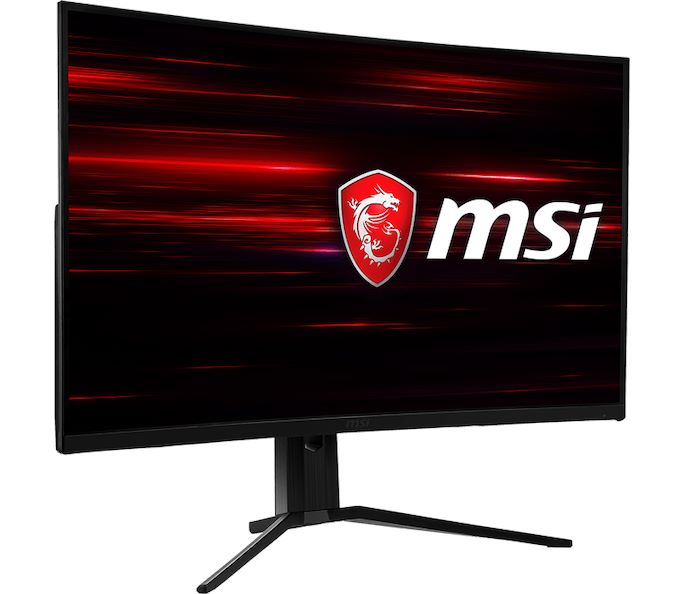
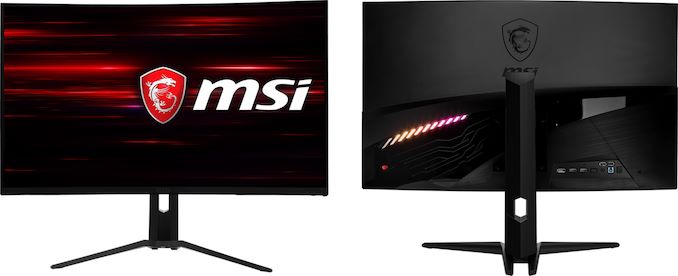
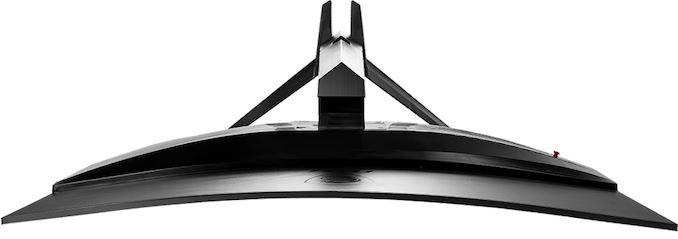

 Quote
Quote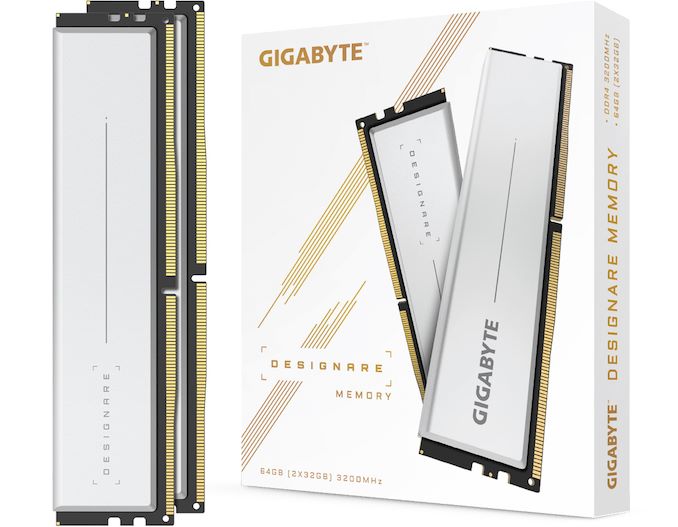
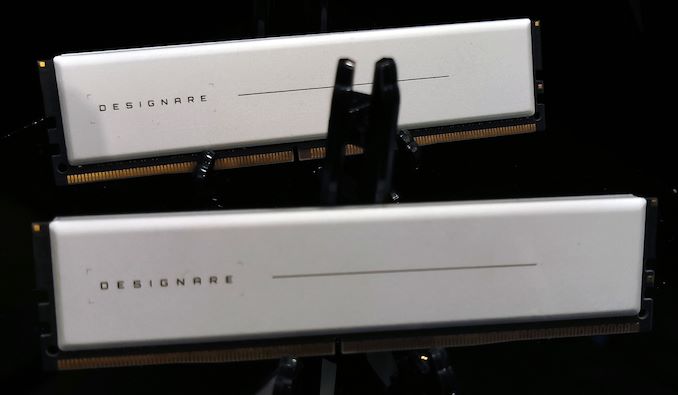
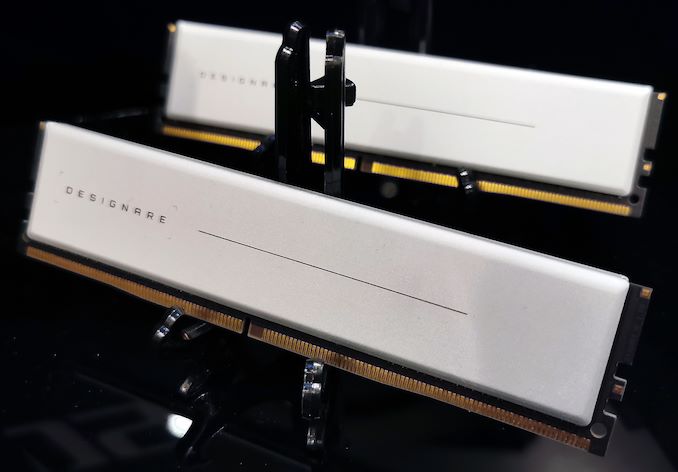

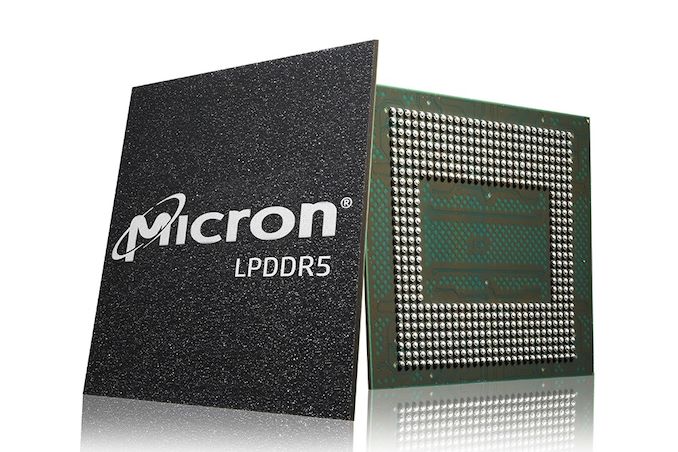
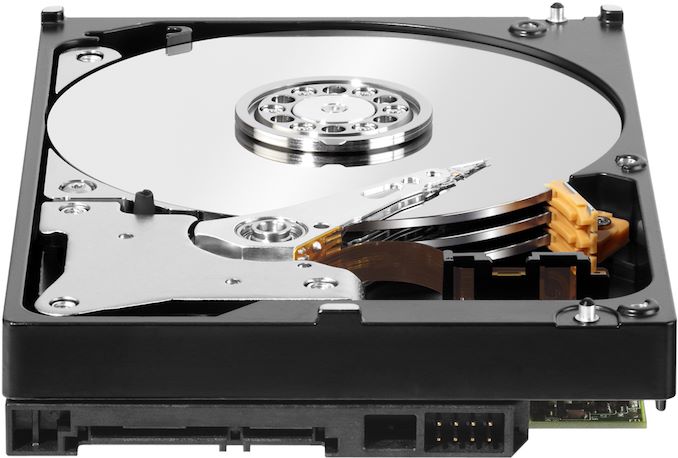
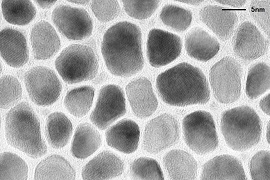
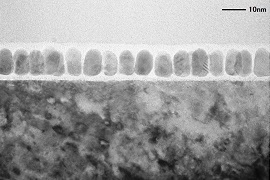
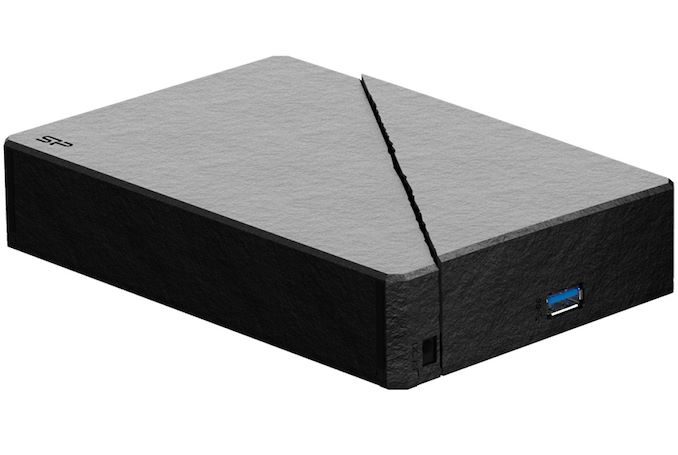

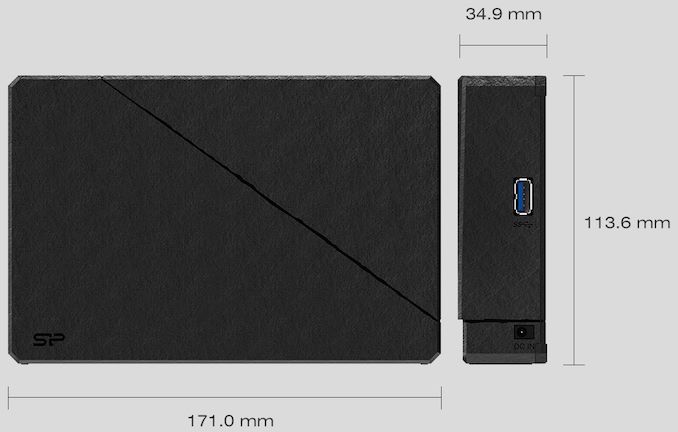
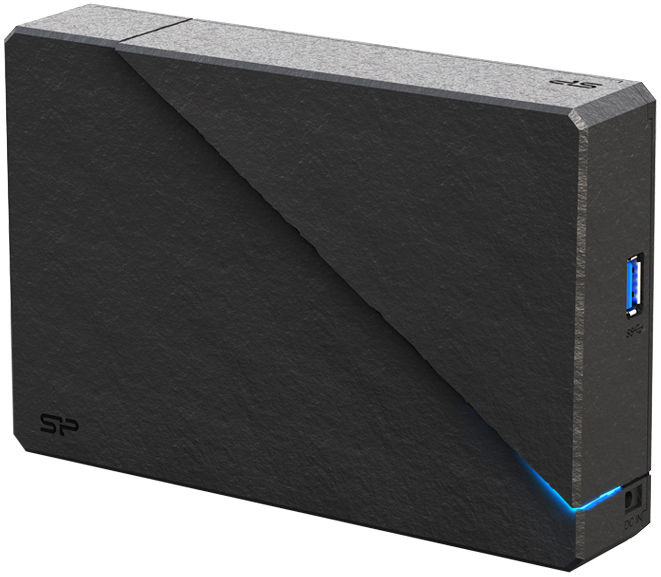
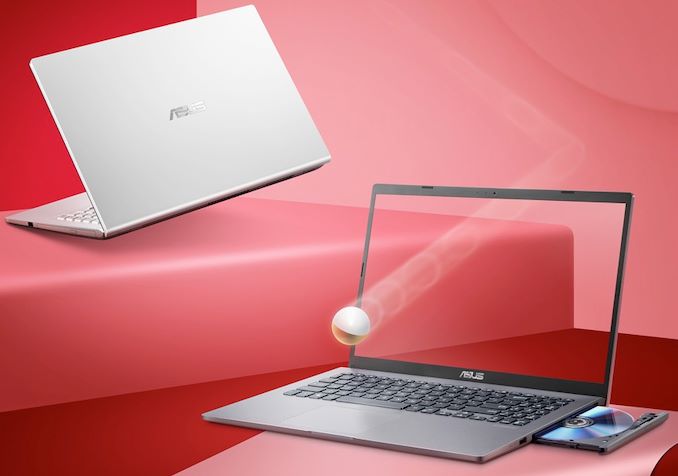
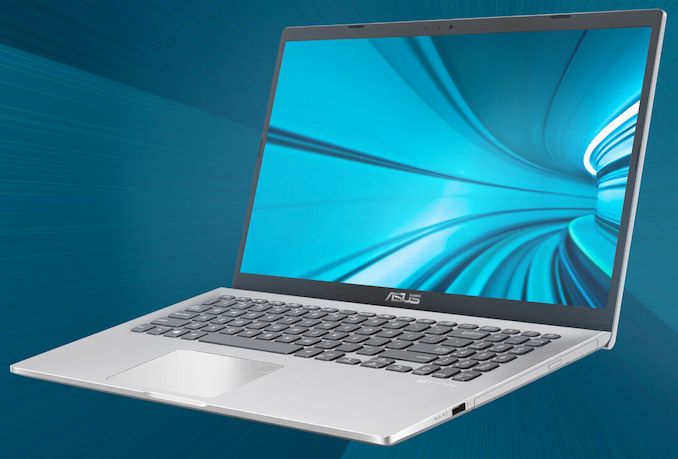
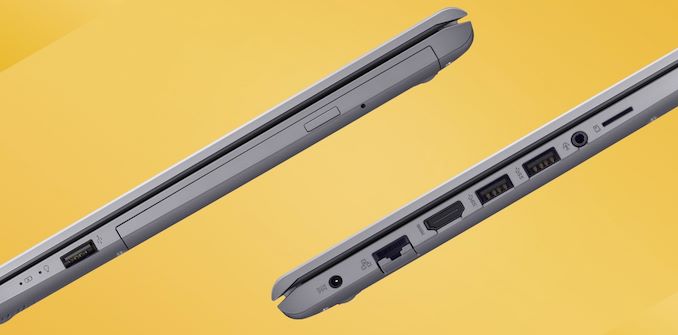





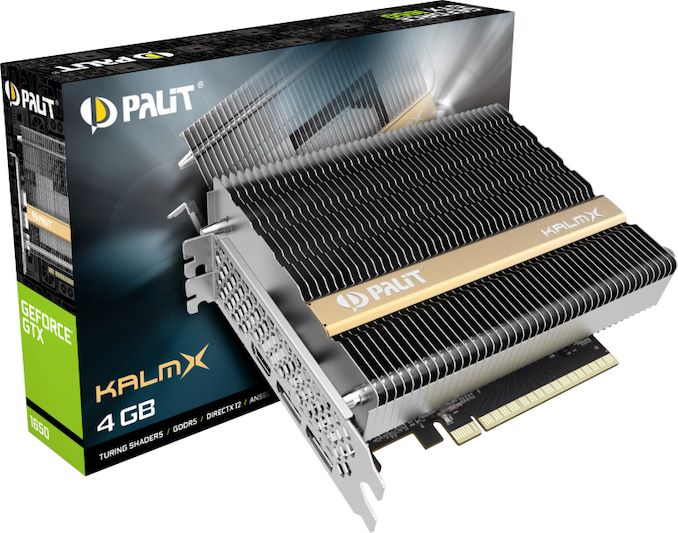
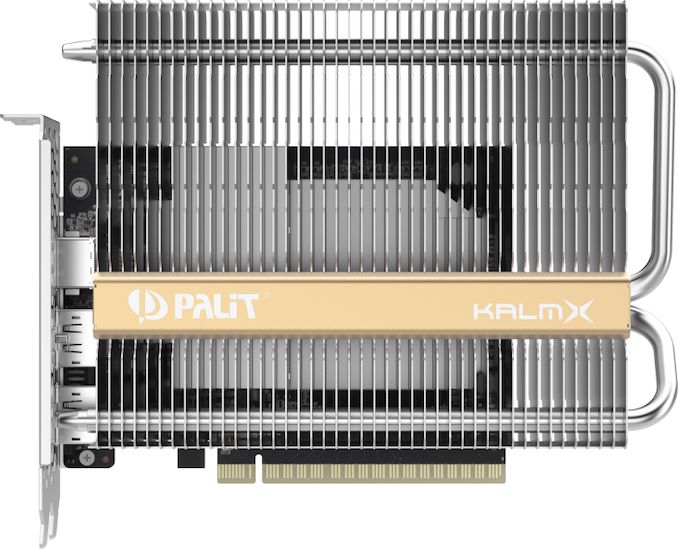
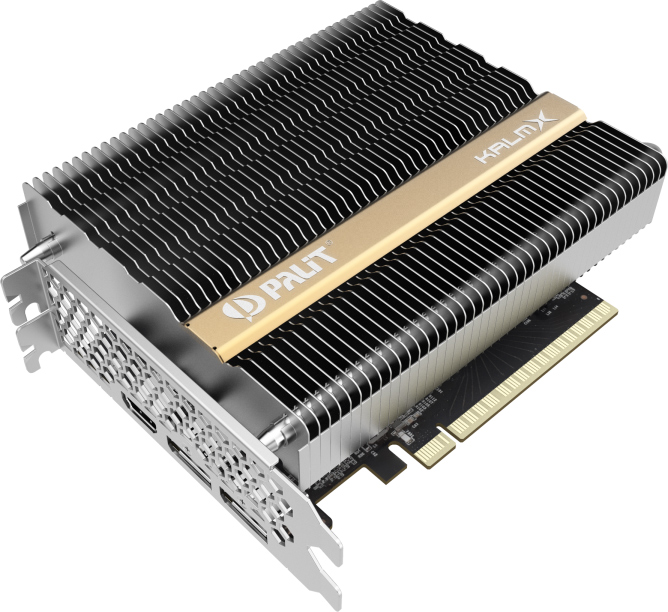
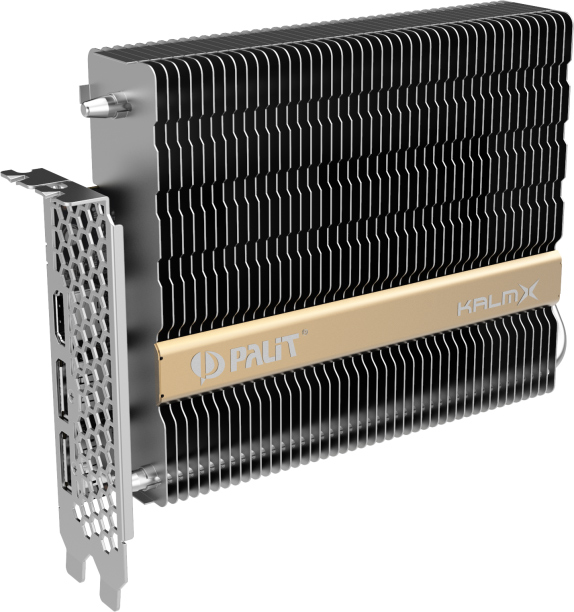
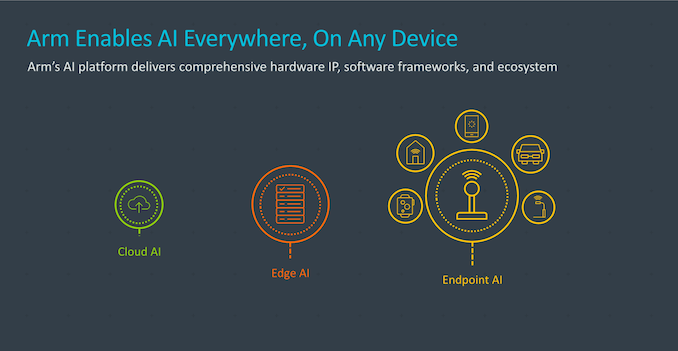
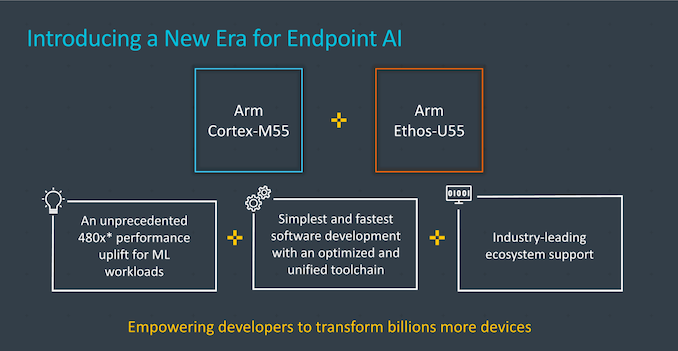
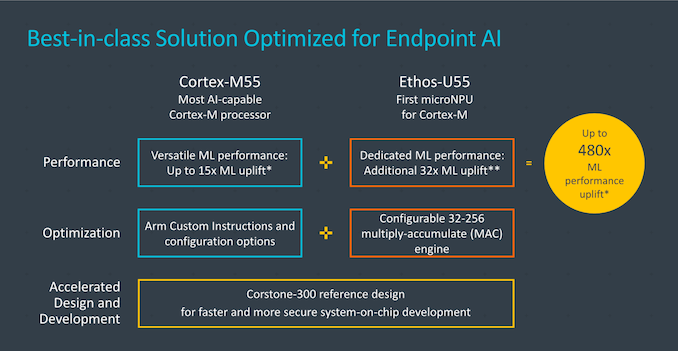
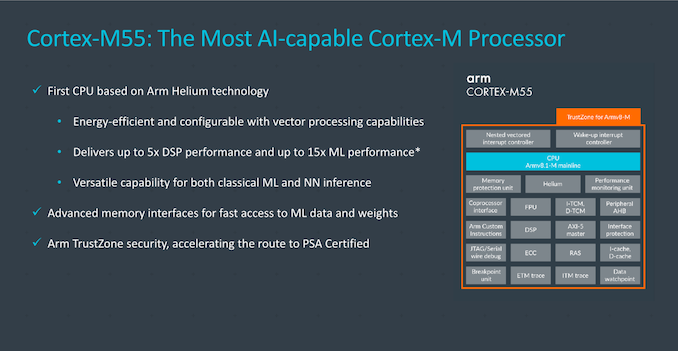
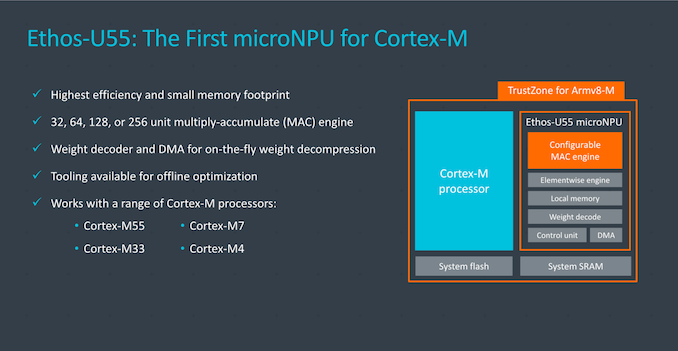

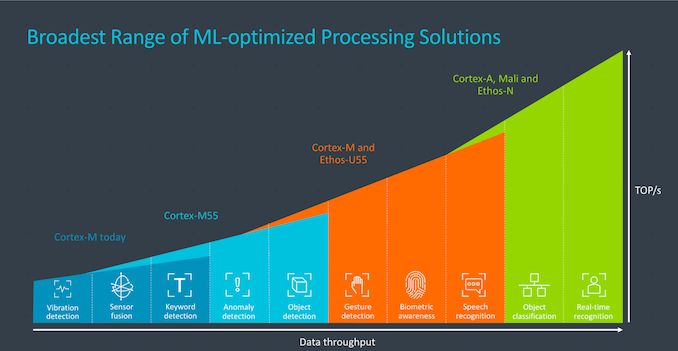
















Bookmarks